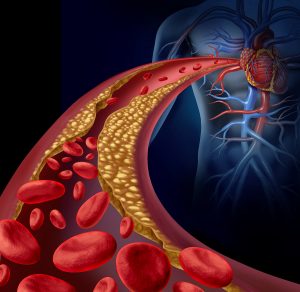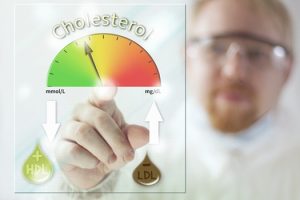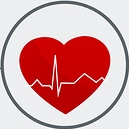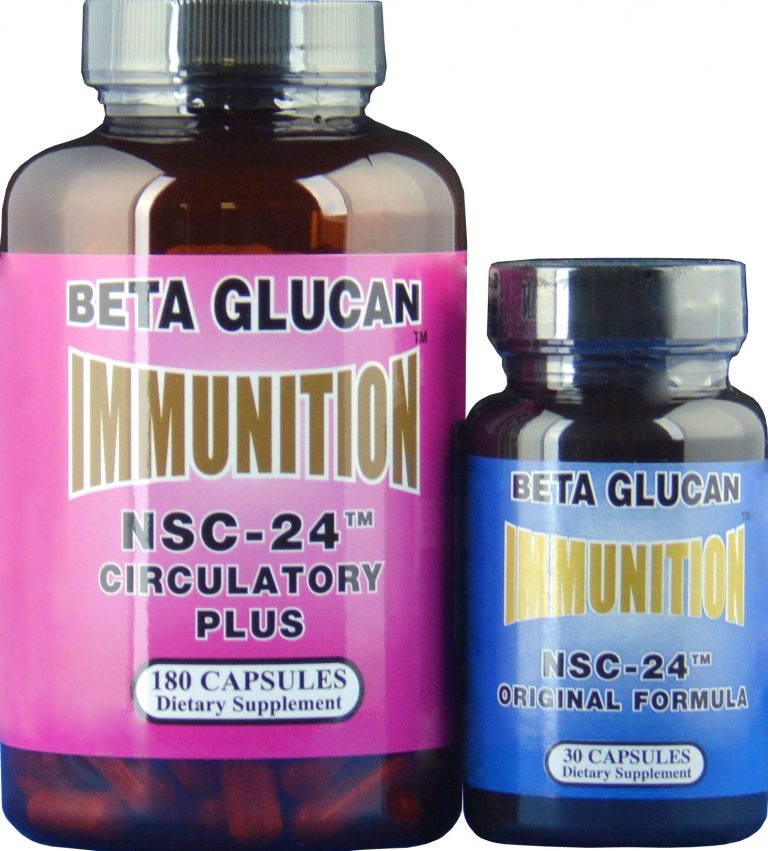Cholesterol….
the good, the bad and the ugly.
What is Cholesterol?
 Cholesterol is a molecule found in every cell in the body and present in large amounts in nerve tissues and in the brain. Cholesterol appears in the skin, the adrenal glands and the liver, while being a main ingredient in the fatty sheath that insulates the nerves.
Cholesterol is a molecule found in every cell in the body and present in large amounts in nerve tissues and in the brain. Cholesterol appears in the skin, the adrenal glands and the liver, while being a main ingredient in the fatty sheath that insulates the nerves.
Cholesterol is an important part of sex hormones and bile as the enzyme that helps to digest fat. Bottom line, cholesterol is vital to the structure and function of all cells in your body and an essential component of cell membranes.
The body makes its own Cholesterol from the liver, producing a gram each day, or about 80% of what you need, with the rest from dietary sources. It’s the excessive Cholesterol our bodies can’t use that becomes a health risk and risk marker.
Cholesterol is carried in the body through blood by combining with proteins to make lipoproteins. Lipoproteins attach to cell surfaces to transfer the cholesterol where needed by the body.

LDL, or low-density lipoproteins known as “bad” cholesterol, have more cholesterol than protein. Too much LDL and cells become saturated with cholesterol then deposited in your artery walls. HDL, or high-density lipoproteins known as “good” cholesterol, have more protein and less cholesterol. HDL picks up the extra cholesterol in the artery walls and transports it to the liver for disposal. A high HDL level can help offset damage high LDL levels can cause. Generally speaking, normal total cholesterol should be less than 200. HDL cholesterol should be greater than 59, with LDL cholesterol less than 100. Triglycerides should be less than 150. However, people with known heart disease and diabetes are advised to maintain lower levels than average.
Cholesterol Factors
While there are some factors, such as a genetic predisposition to having high cholesterol, that are beyond our control. Here, we will discuss the factors that we can control to a certain degree.
Exercise
 Lipoproteins are a combination of Cholesterol with proteins and carbohydrates in the blood stream where Cholesterol is delivered to the tissues. Exercise increases the size of the protein particles that carry cholesterol through the blood. This is important because this reduces the amount of small, dense LDL particles that can relocate in the linings of the heart and blood vessels to potentially create blockages.
Lipoproteins are a combination of Cholesterol with proteins and carbohydrates in the blood stream where Cholesterol is delivered to the tissues. Exercise increases the size of the protein particles that carry cholesterol through the blood. This is important because this reduces the amount of small, dense LDL particles that can relocate in the linings of the heart and blood vessels to potentially create blockages.
Physical exercise has a significant effect in the development and progression of atherosclerosis. Exercise positively affects blood lipid and Cholesterol levels by raising the level of HDL (high density lipoprotein considered good Cholesterol) which is cardio protective and lowering LDL (low density lipoprotein considered bad Cholesterol), which contributes to building of plaque in the arteries.
Exercise lowers the level of Triglycerides, the fraction of blood fat that is converted into LDL by the liver. The goal is to eventually have the blood, with lowered LDL and Triglycerides, reach a point where it has dissolved the fat in plaques in the arteries and total Cholesterol returns to a safe and normal level. 30 minutes a day of moderate exercise is suggested.
Circulation
 After being produced, Cholesterol leaves the liver and combines with bile to form bile salt where expulsion from the body through feces, reduces the total amount of Cholesterol and is the body’s natural method of lowering Cholesterol.
After being produced, Cholesterol leaves the liver and combines with bile to form bile salt where expulsion from the body through feces, reduces the total amount of Cholesterol and is the body’s natural method of lowering Cholesterol.
A portion of the Cholesterol from the liver enters the blood in its journey towards the body tissues. The Lipoproteins in the blood are transported via the arteries to the body tissues – which then extract the Lipids, including Cholesterol. Lipids, including Cholesterol, are an essential source of energy to the body with most Cholesterol in body cells.
In these body cells the Cholesterol and Lipids perform their function of metabolism. However, the danger appears when the Lipids, including Cholesterol, have to cross the artery walls before reaching their goal of entering body tissues and become lodged to potentially cause blockages and heart issues.
Sleep
 Research has found genes responsible for cholesterol transportation are not as active in someone who has suffered with sleep deprivation as in a person getting adequate, quality sleep. Eight hours of sleep is recommended for optimum health and optimum Cholesterol transportation.
Research has found genes responsible for cholesterol transportation are not as active in someone who has suffered with sleep deprivation as in a person getting adequate, quality sleep. Eight hours of sleep is recommended for optimum health and optimum Cholesterol transportation.
People with sleep deprivation also had lower HDL. Higher cardiovascular disease risks are obseved in those with sleep deprivation.
Stress
 A primary cause of atherosclerosis (hardening of the arteries) are fatty deposits in the arteries due to stress and high blood pressure. A rise in stress hormones increases the level of fat and Cholesterol in the blood stream, which could damage the membranes of the cells lining the arteries.
A primary cause of atherosclerosis (hardening of the arteries) are fatty deposits in the arteries due to stress and high blood pressure. A rise in stress hormones increases the level of fat and Cholesterol in the blood stream, which could damage the membranes of the cells lining the arteries.
The damage can attract platelets, which in turn stick to the injured areas and speed up formation of fibrous plaques. Relaxation and stress-reduction calm the nervous system, lower blood pressure, reduce blood levels of stress hormones, Cholesterol and reduce unwanted platelet stickiness.
Diet and Supplementation
 Following a diet to lower cholesterol can reduce cholesterol levels by as much as 10 to 15 percent. Cholesterol comes strictly from animal products, so limit animal products including red meat and dairy. Differentiate between good and bad fats in the diet and avoid saturated and trans-fats. The NSC Cholesterol Package is suggested for supplementation.
Following a diet to lower cholesterol can reduce cholesterol levels by as much as 10 to 15 percent. Cholesterol comes strictly from animal products, so limit animal products including red meat and dairy. Differentiate between good and bad fats in the diet and avoid saturated and trans-fats. The NSC Cholesterol Package is suggested for supplementation.
NSC Cholesterol Management Package – 37% Discount $49.95
(Package Retail $79.90)
NSC IMMUNITION Circulatory Plus – 180 ct (retail -$59.95) and
NSC 24 Original MG Beta Glucan (3 mg) – 30 ct (retail – $19.95)
Save big with a 37% discount at $49.95 on this NSC Cholesterol Management Package containing NSC IMMUNITION Circulatory Plus (180 ct) including Vitamins A & C, magnesium, potassium, L-Glutathione and much more. Add the NSC 24 Original MG Glucan (30 ct) with nutritional benefits to help your body’s immune cells reduce excessive cholesterol. NSC offers you the Cholesterol Management Package as a unique combination at a great discount!
Buy the NSC Cholesterol Management Package at a 37% Discount by clicking on “Buy Now” or the individual NSC products purchased separately at a 15% Discount each.
Contact NSC at nsc24@nsc24.com or by telephone 888-541-3997 for more information or to comment. For detailed label and content information click on an individual product above and then on the Supplement Facts tab.
